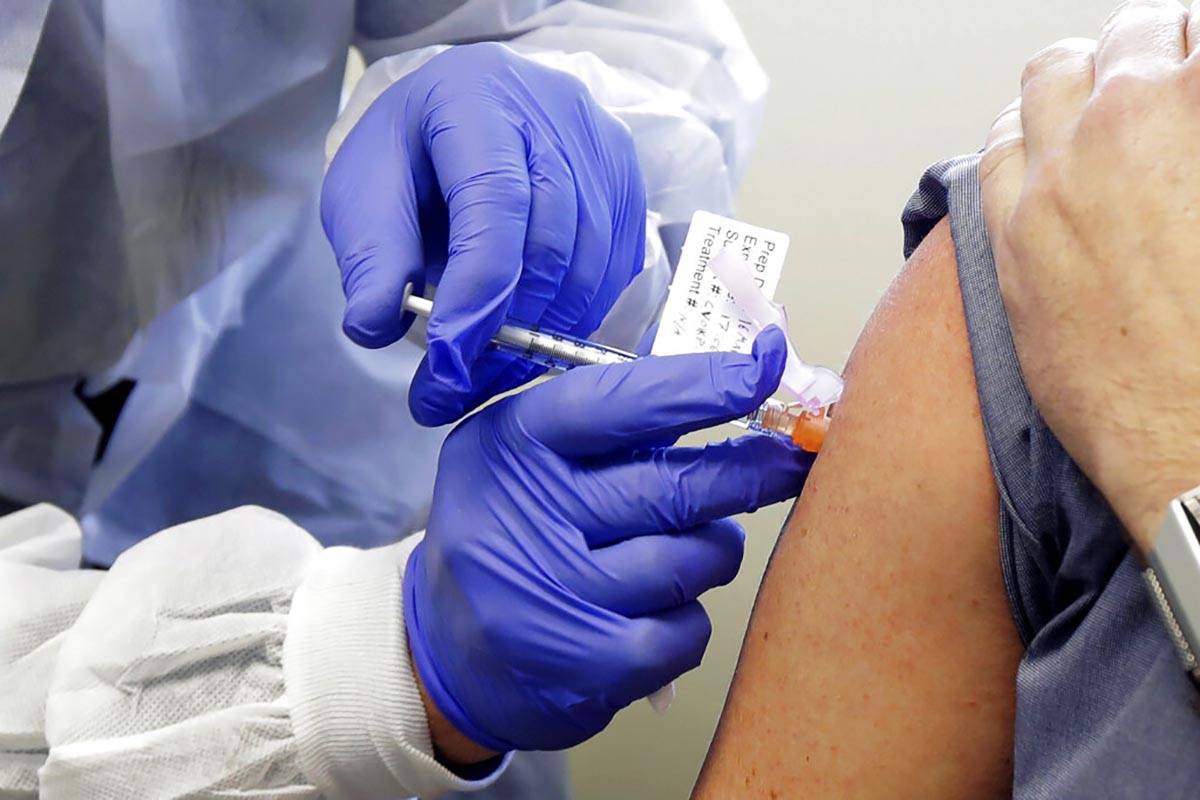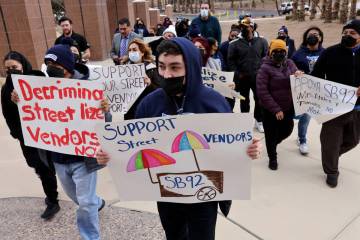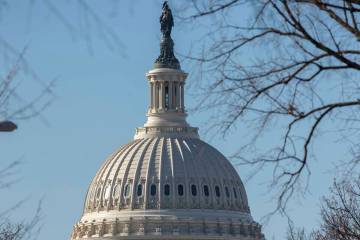MEGAN McARDLE: The vital fine print on the new coronavirus vaccine
The sky suddenly seems bluer, the sun a little brighter, the chirping of the birds outside my window a little more joyous: Pfizer and its partner BioNTech have announced that preliminary tests of its vaccine show it to be more than 90 percent effective at preventing infection with the novel coronavirus. If you’re wondering what to make of that, here are some preliminary thoughts from someone who has been writing about COVID-19 since March and writing about pharmaceutical development much longer:
These results are indeed preliminary — all we, the public, have so far is a news release. The data will need to be scrutinized by the Food and Drug Administration, and more data collected, before we know for sure how good this is. Even if this vaccine confers strong immunity, we can’t yet know how long it will last. Nor are any pharmaceutical studies ever big enough to detect really rare, one-in-a-million, side effects.
All that said, if the early data pans out, this is very, very good news. The side effect profile looks pretty minimal, and its efficacy is fantastic. The FDA’s minimum target for a COVID-19 vaccine was 50 percent efficacy at preventing infection — about what you get from a decent flu vaccine. At 90 percent, you’re closer to the measles vaccine: something that can, with mass inoculation, effectively eliminate the disease in the population.
Keep in mind, however, that mass inoculation will be a massive headache. Earlier vaccination programs against childhood illnesses could rely on widespread immunity among adults and focus somewhat narrowly on kids or adults who hadn’t had the disease. Once we have an effective vaccine, we’d want to inoculate most of the population in short order. That will be particularly challenging with this vaccine, which needs to be stored at minus 94 degrees Fahrenheit. You can’t just pop this one in the fridge.
But worth the hassle. Assuming that this vaccine keeps people from getting infected — rather than just making the infection milder — each additional vaccination contributes to herd immunity and helps us save the lives of people whose immune systems aren’t working well enough to make use of the vaccine.
But given how politicized the COVID-19 response has become in the United States, that’s going to be a challenge. We should start by making it clear to people that while this was a land-speed record for vaccine development, the speed has come from throwing more resources toward the process and running trials in parallel, not from skimping on testing or fudging approval standards.
Even if we solve the storage and trust problems, it will take a while to reach mass inoculation. Pfizer estimates it can produce 50 million doses globally in 2020 and up to 1.3 billion in 2021, which isn’t enough for everyone who will want it, so let’s hope there are more, and equally effective, vaccines in the works from other manufacturers. In the meantime, we’ll probably start by targeting health care workers and the elderly.
Luckily, this is not just good news for Pfizer, but for the other vaccine makers and candidates as well because all of them are targeting the same viral spike protein that helps it enter your cells. This suggests that approach can work — if we give it time to bear fruit.
The delay between announcement, approval and wide vaccine availability will be hard to wait out. Should a vaccine be approved, but remain in limited supply, it will taunt us as we settle into the darkest days of winter with our masks, our hand sanitizer and what’s left of our sanity. People will be tempted to return to normal early.
Don’t give in to that temptation. If you take only one thing away from this column, I want you to remember this: The expected value of COVID-19 prevention has never been higher. The argument that all the precautions were unsustainable, so we might as well just all get it now, were unfortunately persuasive if a vaccine was five years away. If it’s five or six months away, however, it’s worth staying the course, or maybe even increasing your vigilance a little, to avoid a substantial risk of death or lifetime disability.
Which brings me to my final thought: Whatever we have suffered in the past eight months, and whatever we are suffering now, we have been witnesses to a miracle. At no time before in human history would it have been possible to slow the spread of a novel disease collectively, much less to hope for a vaccine so shortly after the emergence of the virus.
Our ancestors could never have afforded to focus so much of humanity’s efforts on the same problem and at the same time. Nor would they have had the scientific expertise they needed to manage it. However miserable this pandemic has been, those of us who are still surviving it should remember that we are damned lucky to be alive right now, in every sense of those words.
Follow Megan McArdle, Washington Post columnist, on Twitter, @asymmetricinfo.






















